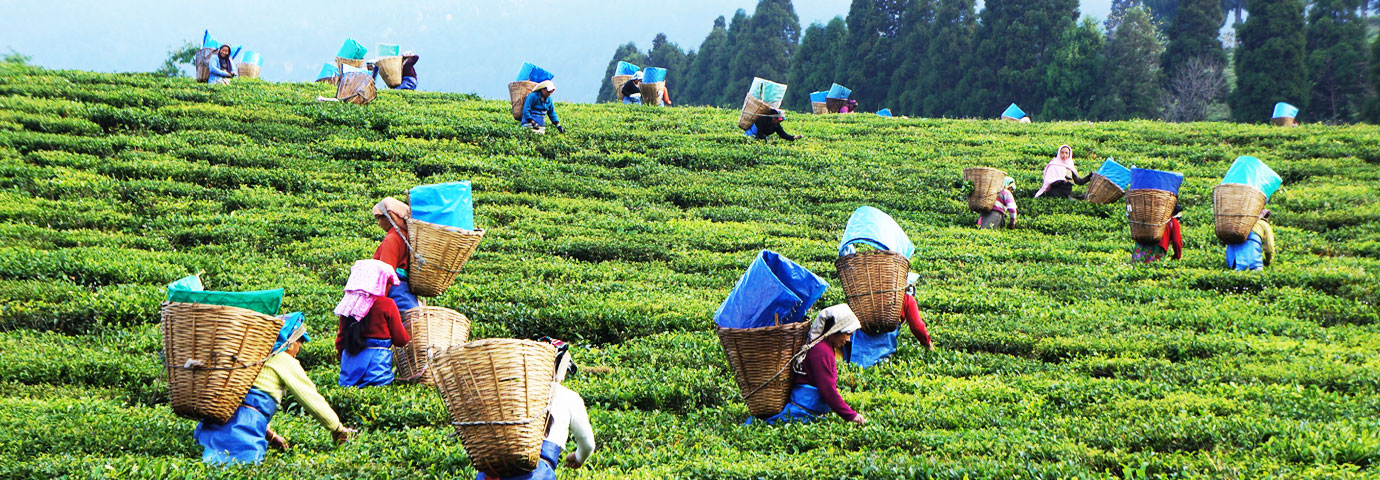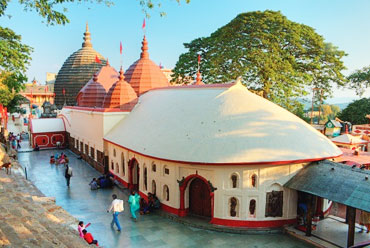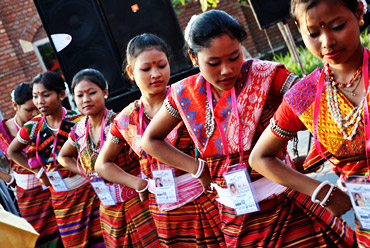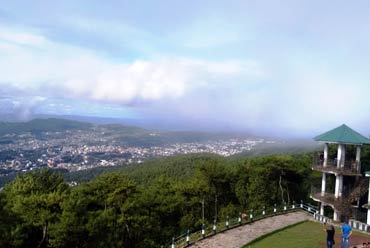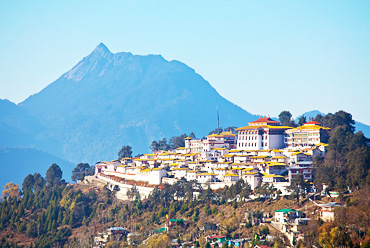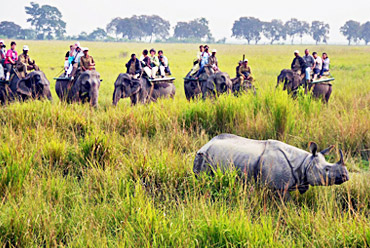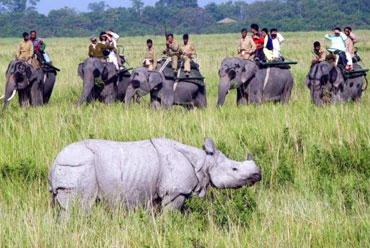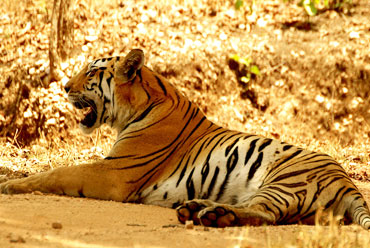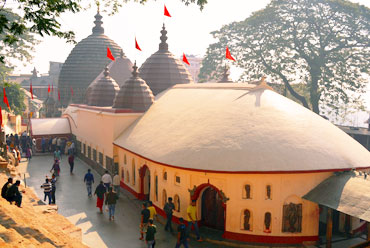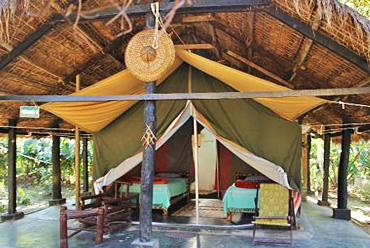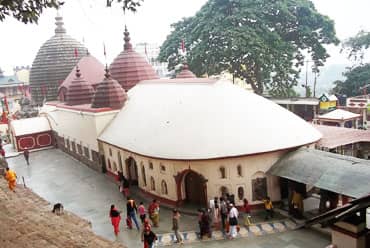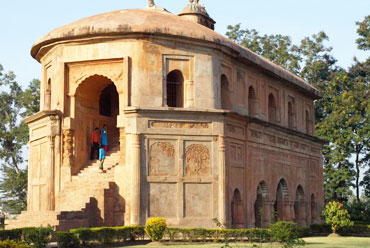Assam is a land of myths and mystery. "The land of red river and blue hills," as it is described, has a unique landscape with sprawling tea gardens and unending stretches of paddy fields interspersed with groves of coconut, areca nuts, and banana trees. Its population is a confluence of streams of different races and tribes like the Austrics, the Aryans, Negroids, Indo-Burmese, Indo-Tibetans, and Mongoloid. They have enriched each other and have evolved to give a distinctive identity to the Assamese people.
Location
Located at the gateway of Northeast India, Assam is separated by Bangladesh from mainstream India. The state is bounded in the north by Arunachal Pradesh and Bhutan; in the east by Nagaland, Manipur, and Burma; in the south by Bangladesh, Tripura, Mizoram, and Bangladesh; and in the west by West Bengal.
History
Huen Tsang, the great Chinese traveler, visited this region in the 7th century. At that point of time, Pragjyotishpur was known as Kamrup, which was then a strong kingdom under King Bhaskaravarman. However, after this there was a gradual decline of this region and subsequent centuries were witness to repeated onslaughts by aboriginals that reduced the power of the kingdom and led to its fragmentation. It was a time when no single power could hold sway in Assam.
When the Ahoms entered Assam crossing the eastern hills in 1228, they chanced upon a period in its history when it was at its most susceptible. Among the local tribes, the Chutias and the Kacharis could offer only a semblance of resistance.
The entry of Ahoms in Assam started a new beginning, and many scholars opine that the state was named after this dynasty that ruled it for six centuries. With the advent of the Ahoms, the center of power shifted from Kamrup in Lower Assam to Sibsagar in Upper Assam. The importance of Lower Assam declined sharply, except for a short period in the early 16th century when the Koch dynasty extended their western limits considerably under their illustrious king Naranarayana.
The Mughal Empire was at its zenith during this time and they took it as a challenge to crush the Ahoms. They attacked the state 17 times. The last of the wars was fought near the present-day Saraighat Bridge over the river Brahmaputra in Guwahati. In this war, the Ahoms gave the Mughals a crushing defeat under the leadership of the able general Lachit Barphukan. Lachit Barphukan achieved immortality for his heroism and many anecdotes are now an integral part of the folklores of Assam.
The next centuries spelled troubles for this kingdom and save for a brief intervention during the reign of king Rudrasingha, the state went on a gradual decline in the 18th century. This was the time when the Burmese attacked this state and annexed them into their empire. However, they could not hold sway on the region for long and in 1826, the British forced them to cede Assam by the Treaty of Yandaboo.
With the rest of India, Assam also played an important role in the war of independence. It was declared a state under the Union of India after it achieved independence in 1947. At that time, except Manipur and Tripura, the whole of the Northeast region was called Assam. However, due to strong regional distinctions, all of them have to be carved out as separate states, starting with Nagaland in 1963 and ending with Arunachal Pradesh in 1972.

